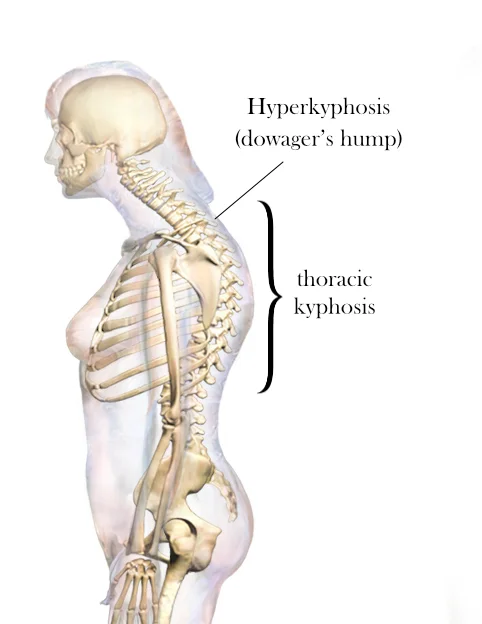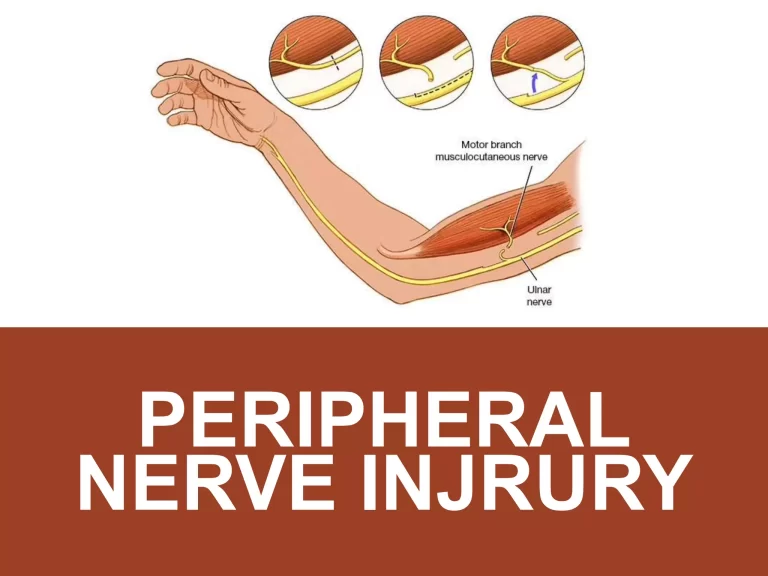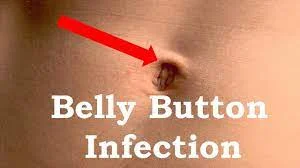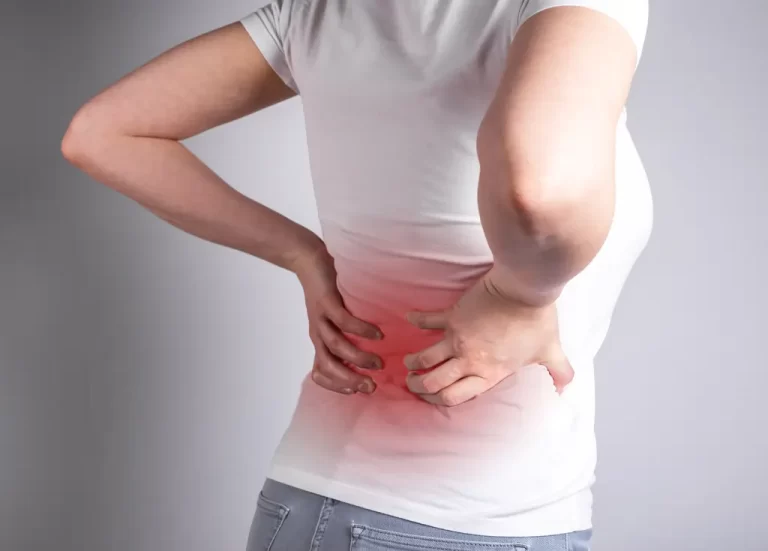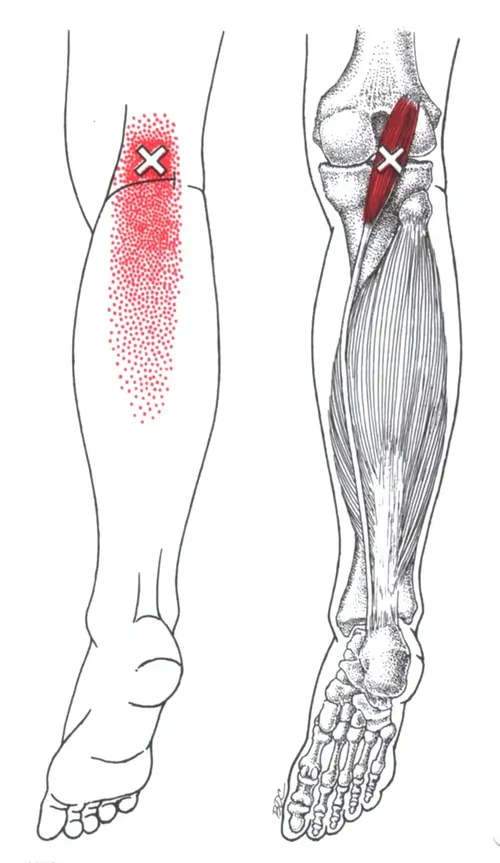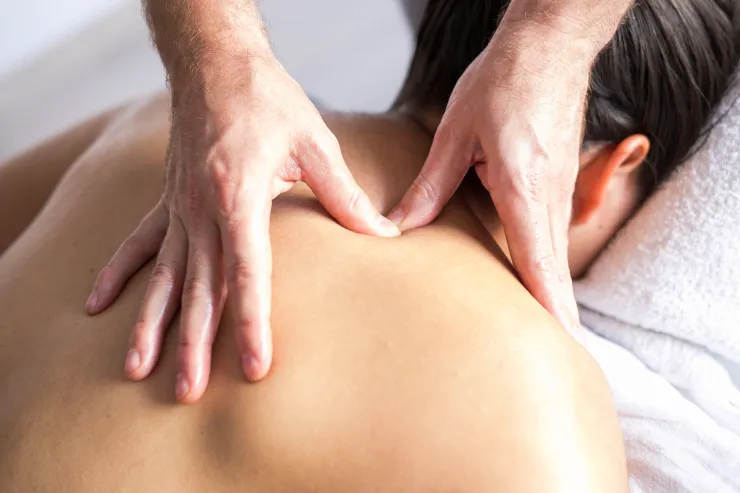Dowager’s hump
What is a Dowager’s hump?
A Dowager’s hump is a term used to describe a noticeable curvature of the upper back, which often results in a hunched posture. It’s mostly seen in osteoporosis, where the bones become weak and brittle. The condition can also be linked to aging and spinal degeneration. This hump occurs when the thoracic spine (mid-back) becomes excessively rounded, often due to vertebral compression fractures or other spinal issues. It’s important to address this condition with medical advice and physical therapy to manage symptoms and improve posture.
Dowager’s hump is more common in women as compared to male mainly due to osteoporosis. But a Dowager’s hump might also result from other aspects besides age. We commonly observe a dowager’s hump as a secondary condition to postural problems, especially in those who constantly look down at their phone or computer screen.
Causes of Dowager’s hump:
- Postural causes: started from stooping posture during concentration on a computer or phone. Some postural causes of a dowager’s hump include the way you sit at work and other behaviors you may have.
- Osteoporosis: This condition usually affects elderly persons. These patients may experience kyphosis, or the forward bending of the upper back, which results in a bent forward posture. Known also as a kyphotic deformity, a Dowager’s hump caused by osteoporosis develops more gradually as the condition’s effects on the spine deepen.
- Vertebral Compression Fractures: Often due to osteoporosis, these fractures occur when the vertebrae collapse, leading to a curved spine.
- Congenital Conditions: Some people are born with spinal abnormalities that can cause kyphosis.
- Other Medical Conditions: Conditions like ankylosing spondylitis or Scheuermann’s disease can also lead to an increased curvature of the spine.
- Age-Related Changes: As people age, the spinal discs can lose hydration and elasticity, contributing to kyphosis.
Symptoms of Dowager’s hump
Symptoms are:
- Seeing that your head is tilted forward
- Visible hump that starts from the base of your neck to the top of your back
- Pain in your upper back and neck, especially during specific activities
- You could also feel discomfort and stiffness in the region that is affected if your Dowager’s hump is linked to kyphosis, osteoporosis, or if you’ve ever had a fracture.
- stiffness and pain near the shoulder blades and neck
- In extreme circumstances, you can have trouble looking up
- Breathing Difficulties: In severe cases, the curvature may compress the chest and affect lung function, leading to shortness of breath or respiratory issues.
- Numbness or Tingling: If the kyphosis is severe and compresses spinal nerves, it might cause sensations like numbness or tingling in the arms or legs.
- Decreased Mobility: Stiffness in the upper back, Neck, and shoulders.
Diagnosis
A CT scan may be recommended by your doctor in addition to X-rays; an MRI may not be required. By evaluating your bones, disc, and disc space, he will be able to rule out malignancies and other potential causes of your clinical presentation. A thorough physical examination may also be conducted by the physician.
Treatment of the Dowager’s hump
The most effective treatment for Dowager’s hump is postural retraining, which involves strengthening and stretching the muscles in your upper neck and back. This is especially true if your hump is caused by poor posture.
Working with a physical therapist to learn some of the essential exercises for correcting postural imbalances and misalignments is the basis of treatment.
Medications: To control pain and inflammation, doctors may give anti-inflammatory or painkilling medications.
Given how long a Dowager’s hump takes to form, it will most likely take some time for it to become better. Your muscles and posture need to be retrained; if you follow these exercises consistently, they should strengthen gradually over several months.
When your Dowager’s hump is more closely associated with an osteoporotic condition or kyphosis, which can result from osteoporosis, some of these physiotherapeutic therapies are crucial. However, there is also an additional layer of care.
Your healthcare professional must first determine and treat the source of your osteoporosis if it is the cause of your Dowager’s hump.
Lifestyle Modifications: Incorporating activities that promote bone health, such as weight-bearing exercises, can be beneficial. Avoiding activities that exacerbate symptoms is also important.
Assistive Devices: In some cases, using ergonomic furniture or support cushions can help alleviate discomfort.
If an abnormality in your spine is the cause of your Dowager’s hump, or if you have significant trouble holding your head erect, you may be able to have the condition surgically corrected. Even so, these surgical procedures are rarely used by most doctors.
It’s critical to speak with a medical expert to identify the best course of treatment depending on each patient’s unique requirements and the unique features of the Dowager’s hump.
Surgical Treatment
If a person has hyperkyphosis that is greater than fifty degrees, surgery can be necessary. Doctors may advise surgery if you also have deficiencies in your neural system, such as compression of the nerve roots as they emerge from the spinal column or damage to the spinal column itself.
Spinal fusion of the affected vertebrae is one of the most common surgical procedures. In essence, it is similar to “welding” two vertebrae together such that they function and recover as one solid bone. There will be reduced spinal mobility after fusion surgery. However, as there aren’t many bones involved, motion and mobility are unaffected.
Bracing
It is possible for young children, teenagers, and young adults to wear braces for roughly two hours per day. This usually stops the kyphosis from getting worse since the growing bones can still be shaped to lessen the curvature of the spine. Older persons can wear a weighted spinal kyphosis orthosis, especially when they move. Furthermore, wearing a brace encourages proper posture, which lowers the chance of falling.
Taping
You can also use tape during any of your physical therapy activities. You can apply the therapeutic tape on both sides, diagonally from the highest point of your shoulder joint to the T6 vertebrae, and across the trapezius muscle. This provides the spine with passive assets. Three separate static standing jobs lasting 40 seconds each were used to demonstrate satisfactory outcomes with taping. It showed that they had a reduced kyphosis tic angle soon after the task in comparison to those who received false taping or no taping at all.
How to Prevent Dowager’s hump?
It’s critical to prioritize proper ergonomics when treating postural issues in order to avoid Dowager’s hump. Pay attention to your sitting position and posture, particularly if you spend a lot of time sitting at your desk.
Stay Active: Regular physical activity, including stretching and flexibility exercises, can improve posture and prevent stiffness.
Strengthen Core Muscles: Exercises that strengthen the abdominal and lower back muscles can support the spine and improve posture.
To avoid spending a lot of time staring down at your screen, make sure you are seated in the right posture and at eye level. Maintaining a strong core and spine with postural exercises can also assist avoid Dowager’s hump.
Taking these steps can help reduce the risk of developing Dowager’s hump and promote overall spinal health.
When looking for osteoporotic reasons, bone health is crucial. Historically, people have believed that older women are more susceptible to developing a dowager’s hump, but the truth is that anyone can develop one.
Conclusion
Osteoporosis or spinal degeneration are common causes of dowager’s hump, also known as kyphosis, a disorder marked by a significant curve of the upper back. Symptoms are humping upper back, back pain, Neck and upper back stiffness, and reduced mobility.
Prevention involves maintaining good posture, regular exercise, bone health through calcium and vitamin D, avoiding smoking, and managing osteoporosis. Treatment options vary based on severity and may include physical therapy, medications, bracing, or in severe cases, surgery.

